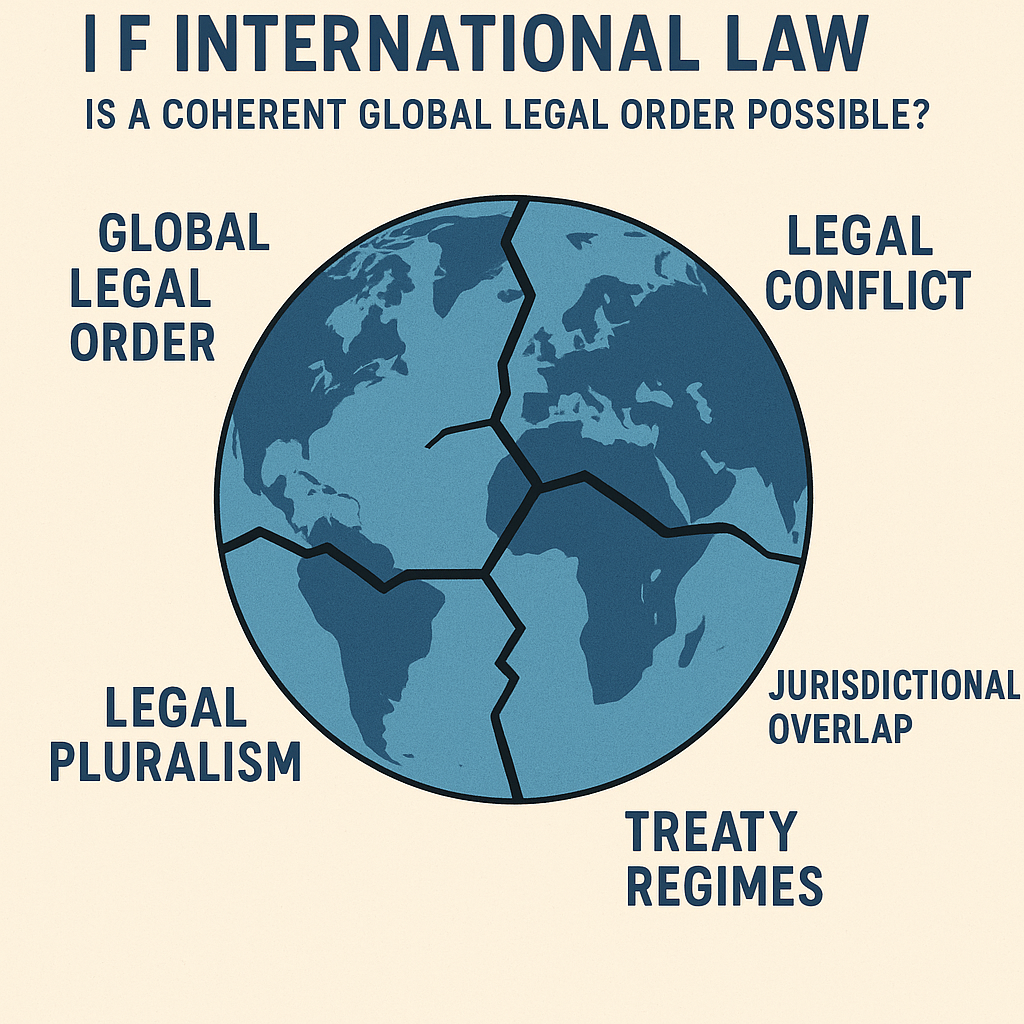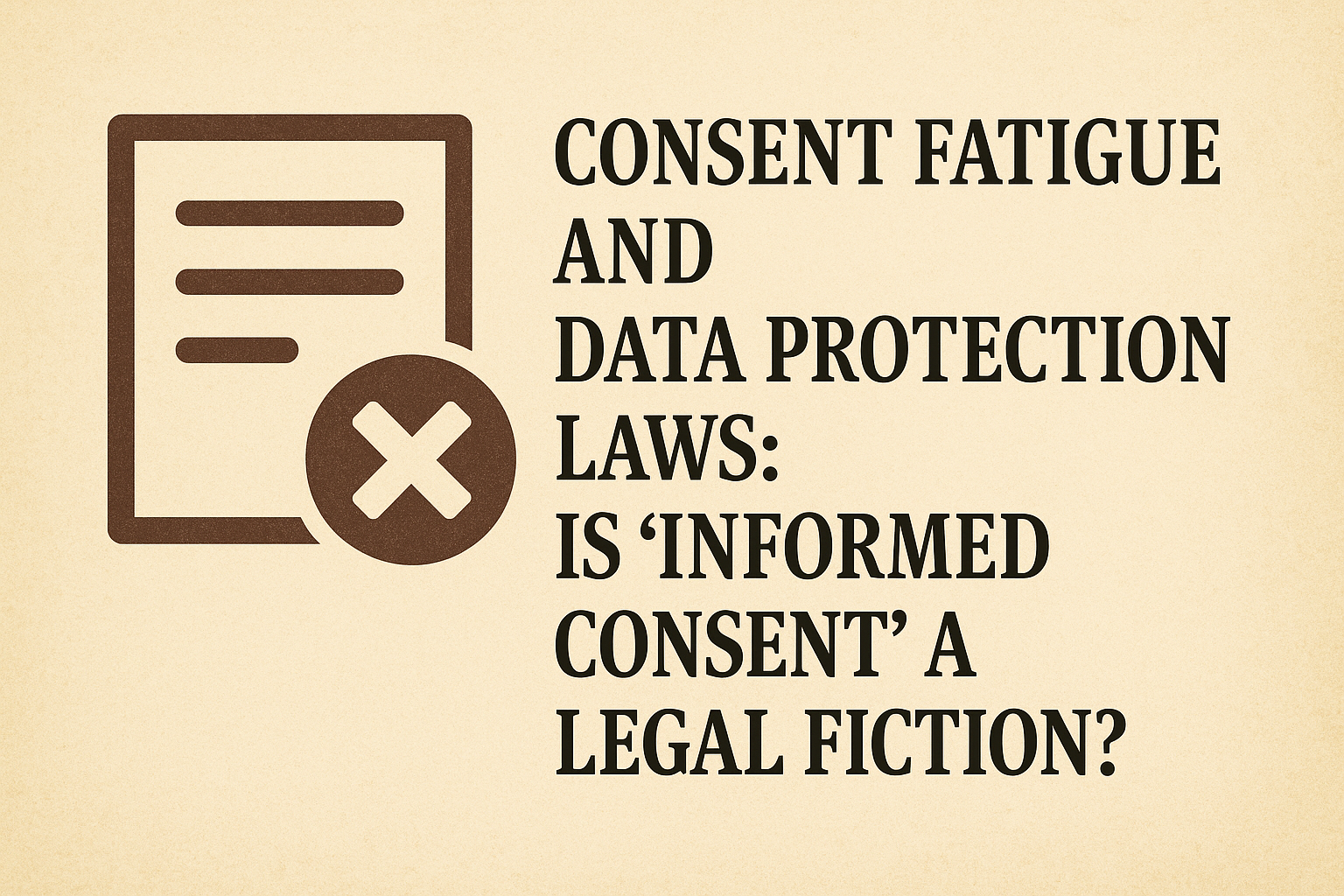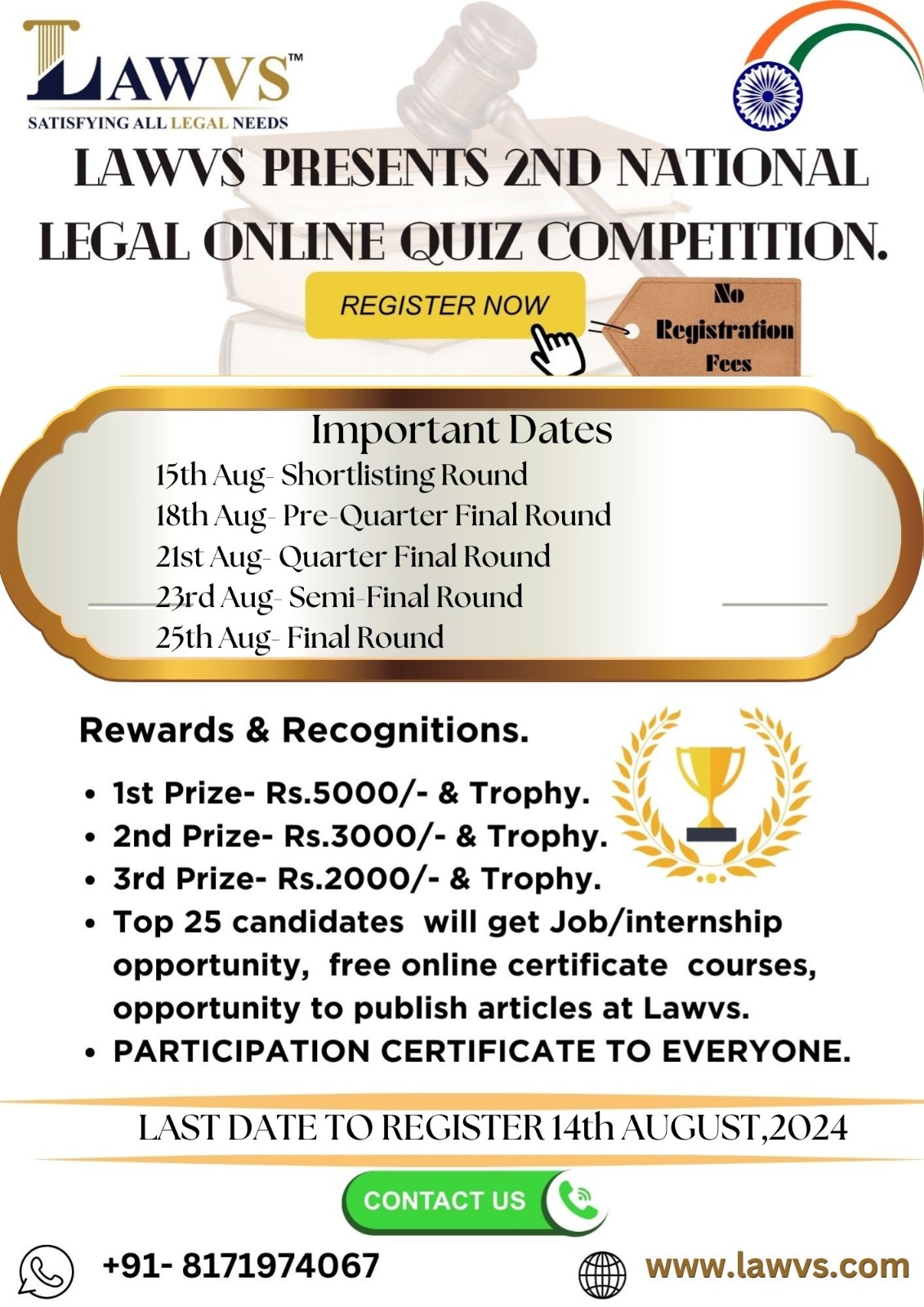Abstract
Jammu and Kashmir was a princely state, located to the north of the territory of British India before 1947. With Srinagar as its capital and a majority Mohammedan population, it was ruled by a dynasty of Hindu rulers. This paper will talk about the history of Jammu and Kashmir, the situation during the independence of India and Pakistan in 1947, the conditions that led to the accession of Jammu and Kashmir in India, the mediation of the United Nations into the bilateral conflict between India and Pakistan, the adoption of Article 370 in the Indian constitution, and the conditions which finally resulted to the abrogation of article 370 from the Indian constitution in 2019. This paper will try to analyse the effects of the introduction of Article 370 in the Indian Constitution, and the judgement of the Supreme Court of India on the abrogation of Article 370 in 2023.
Pre-Independence (Before 1947)
Jammu and Kashmir is the northmost point of the Indian Subcontinent. The present region of Jammu was part of the Mughal Empire from 1586 to 1751, it was then acquired by the Afghans, which established the Durrani Empire that lasted from 1751 to 1820. In 1820, the Sikh army led by the king of Punjab, Raja Ranjit Singh conquered the area and ended the Muslim rule to establish Sikh rule over the valley.
In 1822, Gulab Singh was appointed as the King of Jammu. In his tenure as the king, Gulab Singh annexed multiple surrounding territories in Jammu. In 1846, King Gulab Singh signed the Treaty of Amritsar, where he purchased the entire area of the Kashmir valley from the East India Company for a sum of 75 lakh Nanak Shahi rupees (Currency of the Sikh empire). This shaped the territory of Jammu and Kashmir into what we see today.
In 1857, India fought its first war of Independence (also called the Rebellion of 1857). The rebellion was set off by various reasons, like dissatisfaction of the Indian Soldiers over their religious beliefs. The movement soon grew with multiple groups of civilians and soldiers joining the movement to overthrow the British rule from India. The movement led to a violent battle won by the British using their advanced military equipment and systematic strategies.
In 1858, the Parliament of The United Kingdom passed the Government of India Act, 1858. This act transferred the power of the government, territory, and revenue from The East India Company to the British Crown.
After the Rebellion of 1857, King Gulab Singh sided with the British Crown and retained control over the territory of Jammu and Kashmir under the tutelage of the British Crown, which gave the Crown powers over the foreign policy and revenue collection of Jammu and Kashmir.
Independence and Partition
On 20th Feb 1947, Clement Attlee, the then-prime minister of the United Kingdom announced that the British Crown would grant complete self-control to British India before 30 June 1948 and the decision about princely states would be made after the date of independence of British India was finalised.
On 18th July 1947, the Parliament of the United Kingdom passed the Independence of India Act, 1947. This act passed the provision to divide British India into two counties, India, and Pakistan, and divide the state of Punjab and Bengal between the countries.
On 14th August 1947, Pakistan gained independence; on 15th August 1947, India gained independence from the British Crown. The British government allowed the unannexed princely states to either join India or Pakistan or remain independent.
During this time, Jammu and Kashmir was ruled by King Hari Singh. King Hari Singh delayed the process of deciding the future of Kashmir, as he wanted to remain an independent monarch of Kashmir but was still in discussion with both India and Pakistan regarding the instrument of accession.
On 22nd October 1947, the Pashtun tribes with the help of the Pakistani army attacked the Muzaffarabad sector of Kashmir intending to acquire Kashmir by force. The tribals were moving towards the capital, where King Hari Singh was present. King Hari Singh later fled to Jammu and met V P Menon, the representative of the prime minister of India for Indian intervention to stop the tribal movement. V P Menon then informed King Hari Singh, that India could not send its forces to Kashmir unless it was a part of India.
King Hari Singh on 26th October 1947 signed the Instrument of Accession with India. Indian army troops were then airlifted to Srinagar on 27th October 1947. The Indian army controlled the movement of the tribal force within two weeks. However, Pakistan did not recognize the instrument of accession between Kashmir and India. Pakistan forced its troops into a major portion of Jammu and Kashmir. However, instead of engaging with the invaders, India took this affair to the United Nations.
UN Intervention
On 1st January 1948, India took the matter of the First Indo-Pak War to the United Nations Security Council (UNSC) as per Article 35 of the UN Charter, which states any member of the United Nations may bring the attention of the United Nations Security Council to matters of such nature that can arise international friction or pose threats to international peace.
The UNSC commissioned the United Nations Commission for India and Pakistan (UNCIP) in January 1948 to mediate a truce between India and Pakistan. On 21st April 1948, the UNSC passed Resolution 47 regarding the Kashmir conflict. Resolution 47 designed a three-step plan to establish peace in Kashmir and facilitate decision-making for the future of the territory. Step 1 was that Pakistan would withdraw all the tribals, Pakistani citizens, and their army personnel from Kashmir. Step 2 was that India would progressively reduce its forces in Kashmir to a minimum, just enough to maintain law and order in the region. Step 3 was that India would appoint a Plebiscite Administrator nominated by the United Nations that would hold powers to deal with both nations and would be responsible for conducting a free and fair plebiscite. However, both India and Pakistan objected to this resolution. India objected to not being allowed to retain forces in Kashmir to defend its territory. Further, the powers of the Plebiscite Administrator had a large scope which undermined the sovereignty of India. Pakistan objected to India being able to retain troops within Kashmir and wanted an equal position to that of India for this discussion. Therefore, both countries agreed to work with the UN Commission to find solutions.
Instrument of Accession (IOA).
The Instrument of Accession was a legal document that when signed by the ruler of a princely state, showcased their will to incorporate their state in the dominion of India or Pakistan. However, the document was only applicable after the acceptance by the government of the country with whom the Instrument of Accession was signed.
Article 370
On 17th October 1949, Article 370 was included in the constitution of India. Article 370 was incorporated in the Constitution of India before the constitution applied to the country on 26th January 1950. Article 370 was added to the constitution because India agreed to provide a special status to Jammu and Kashmir when King Hari Singh signed the IOA in 1947. Another important factor that came into play while incorporating Article 370 was the UN recommendation of conducting a plebiscite in Jammu and Kashmir, and due to the majority Muslim population of Jammu and Kashmir, India feared that a plebiscite could go against India.
Article 370 states that it is a temporary provision that provides special status to Jammu and Kashmir. As per this article, the constitution of India will not be applicable to Jammu and Kashmir. Jammu and Kashmir will form its constituent assembly to make the Constitution of Jammu and Kashmir. The article also states that only Article 1 and Article 370 of the Indian Constitution will apply to Jammu and Kashmir. If any other provision of the Constitution of India is to be applied to Jammu and Kashmir, it can be done through a presidential order with concurrence with the state government. The Parliament of India can only make laws for Jammu and Kashmir on defence, communications, and external affairs.
Article 370 also states the procedure for its removal. It states that Article 370 can be removed by the president by issuing a presidential order with permission of the constituent assembly of Jammu and Kashmir.
Presidential order of 1954.
In 1951, Jammu and Kashmir established its constituent assembly. On 14th May 1954 President of India, Dr. Rajendra Prasad passed the constitution (application to Jammu and Kashmir) order 1954. This order recognized the constitution of Jammu and Kashmir and added Article 35A to the Constitution of India. Article 35A gave Jammu and Kashmir the right to identify its permanent residents who will enjoy privileges regarding movable property, employment, and settlement in the state. This order also extended the jurisdiction of the Supreme Court of India on Jammu and Kashmir and also extended the fundamental rights to the residents of Jammu and Kashmir.
On 17 November 1956, the Constitution of Jammu and Kashmir was completed. On 26th January 1957, the constitution was implemented in the state and thereafter the Constituent Assembly of Kashmir dissolved itself. As per Article 370, the president required the permission of the Constituent Assembly of Jammu and Kashmir to remove Article 370. Thus, after the dissolution of the assembly, there emerged a havoc in the procedure of the removal of this article from the Constitution of India.
Removal of Article 370
In 2015, Bharatiya Janata Party (BJP) formed a coalition government in Jammu and Kashmir with the People’s Democratic Party (PDP) and appointed Mehbooba Mufti as the Chief Minister of Jammu and Kashmir. In 2018 the BJP government dissolved the coalition government with the PDP. The governor then started the Governor’s Rule in the state as per Article 92 of the constitution of Jammu and Kashmir, which states if the state legislation machinery is not running smoothly, then the governor will start the Governor’s rule in the state.
On 5th August 2019, the then President of India, Dr. R. N. Kovind, using his powers under Article 370 of the Constitution of India, passes the constitution (application to Jammu and Kashmir) order 2019. This order replaces and supersedes the constitution (application to Jammu and Kashmir) order, of 1954, and brings its existence to an end. This ended the existence of Article 35A and the Constitution of Jammu and Kashmir. The constitution (application to Jammu and Kashmir) order of 2019 also applied Article 367(4) to Jammu and Kashmir. Article 367(4) states that (1) the entire Constitution of India will apply to Jammu and Kashmir. (2) the reference to the “Constituent Assembly'' in Article 370(3) which speaks regarding the process of removal or Article 370 shall now mean “Legislative Assembly of Jammu and Kashmir”.
Soon after the constitution (application to Jammu and Kashmir) order 2019 was passed by the president. The Home Minister of India said that due to Article 370 democracy is not effectively implemented in Jammu and Kashmir, and the development of the state is in a staggering position. Therefore, he brought two resolutions.
First, rendering Article 370 inoperative. By the first resolution, Home Minister Amit Shah started the procedure for the abrogation of Article 370, as per Articles 370(3) and 367(4) the abrogation of Article 370 was possible by a President's order with the permission of the legislative assembly of Jammu and Kashmir.
However, there was a governor’s rule implemented in Jammu and Kashmir due to which the powers of the state legislative assembly were absorbed by the Parliament of India. Therefore, Article 370 was rendered inoperative by passing this resolution in the Lok Sabha and the Rajya Sabha.
Second, the Jammu and Kashmir Reorganisation Bill. Section 3 of this bill states that the area of Ladakh, Leh, and Kargil will form a Union Territory called Ladakh. Section 4 of this bill states that there will be another Union Territory that will be called Jammu and Kashmir.
Impact of these changes.
Before these changes, the residents of Jammu and Kashmir had dual citizenship but now they are all citizens of India only. Earlier Jammu and Kashmir had a separate flag and constitution from the flag and constitution of India. Now, Jammu and Kashmir come under the Indian Constitution and have the Indian tricolor as their flag. Earlier if a Jammu and Kashmir permanent resident woman married a nonresident of Jammu and Kashmir, she lost the rights over her property. Now, she can marry anyone without losing the rights over her property. Earlier the right of settlement, employment, and owning property was reserved for the residents of Jammu and Kashmir. However, now all citizens of the country enjoy these rights.
Judgement of The Supreme Court of India.
After the abrogation of Article 370, the question brought to the Supreme Court was whether the abrogation of Article 370 was lawful and whether this abrogation violated the little sovereignty Jammu and Kashmir retained when it signed the IOA with India in 1947.
This case was heard by a 5-judge constitutional bench consisting of the 5 most senior Judges of the Supreme Court, namely CJI D. Y. Chandrachur, Justice B. R. Gavai, Justice Surya Kant, Justice Sanjiv Khanna, and Justice S. K. Kaul.
The bench in its judgement said that Article 370 was a temporary provision. Article 370 was enacted to smoothly integrate Jammu and Kashmir into India due to the situation of war under which the IOA was signed.
The court also held that Jammu and Kashmir did not have any sovereignty of its own. Article 1 of the Indian constitution which applied to Jammu and Kashmir before the abrogation of Article 370 and the constitution of Jammu and Kashmir both state that Jammu and Kashmir is an integral part of India.
The Court also held that the abrogation of Article 370 was lawful. The Supreme Court of India said that due to the dissolution of the constituent assembly of Jammu and Kashmir, the president did not require anybody's concurrence to render Article 370 inoperative. However, As per Article 367(4) and 370(3), the concurrence of the State Legislative Assembly was required for the abrogation of Article 370. When the article was rendered inoperative, there was the Governor’s rule in Jammu and Kashmir, where the powers of the State Legislative Assembly were absorbed by the Parliament of India. Hence, as the abrogation was done with the concurrence of the Parliament of India, by passing the resolution in both houses of the Parliament, the abrogation of Article 370 was lawful.
On the Jammu and Kashmir Reorganisation Bill, the Supreme Court of India held that Parliament was well within its rights under Article 3 of the constitution in changing the status of Jammu and Kashmir from a state to two separate Union territories. As per Article 3 of the Indian Constitution, the Parliament of India can (1) unite any territory to a part of any State (2) increase the area of any State (3) diminish the area of any State (4) alter the boundaries of any State (5) alter the name of any State.
Conclusion
In Conclusion, the journey of Jammu and Kashmir from being a princely state to being accessed in India, to then receiving a special status, and then being divided into two union territories was a complex journey affected by multiple internal and external factors.
Article 370 was enacted in the Constitution to assist the smooth integration of Jammu and Kashmir in India. However, multiple factors delayed its abrogation and increased the differences between Jammu and Kashmir and the rest of the country, particularly Article 35A of the Indian Constitution.
Now that Article 370 is rendered inoperative, and the state has been divided into two Union Territories, plus, this has received validation from the Supreme Court of India. The future holds multiple opportunities and challenges for India regarding Jammu & Kashmir and Ladakh. It is now our responsibility to conquer the challenges and capitalise on the opportunities.








